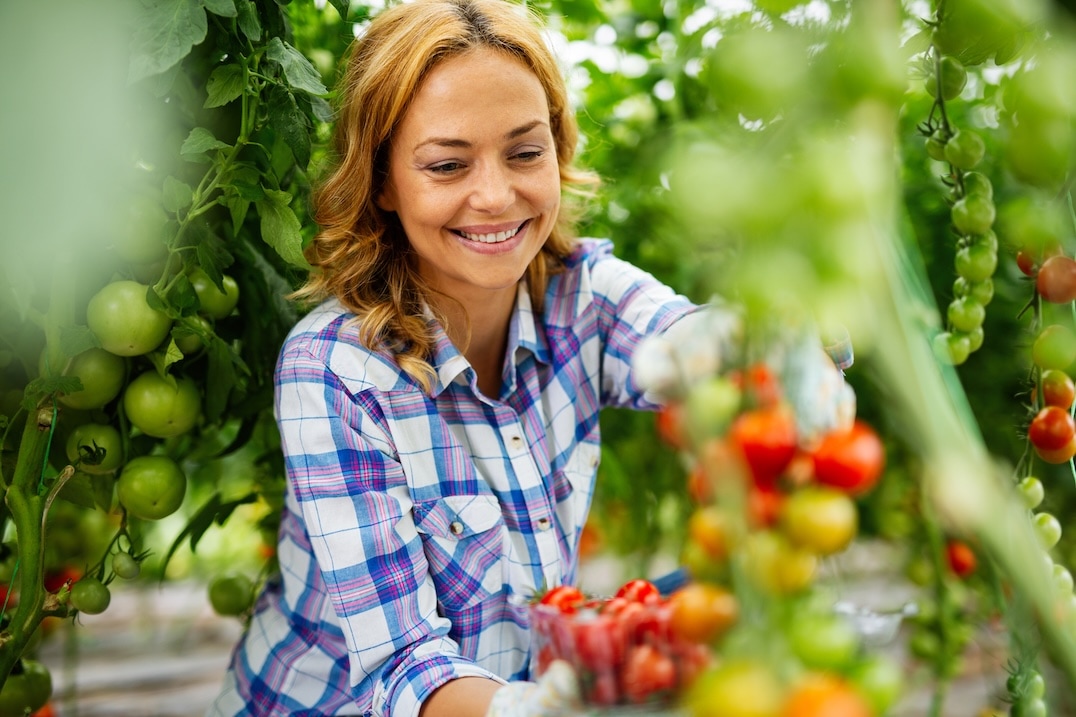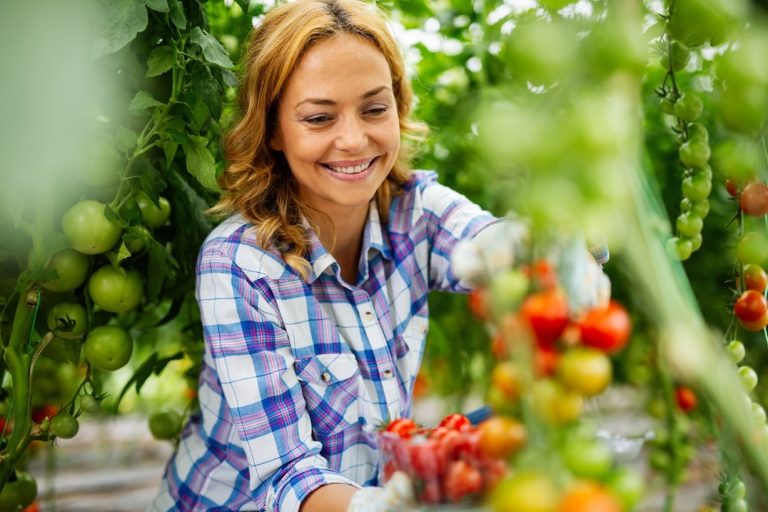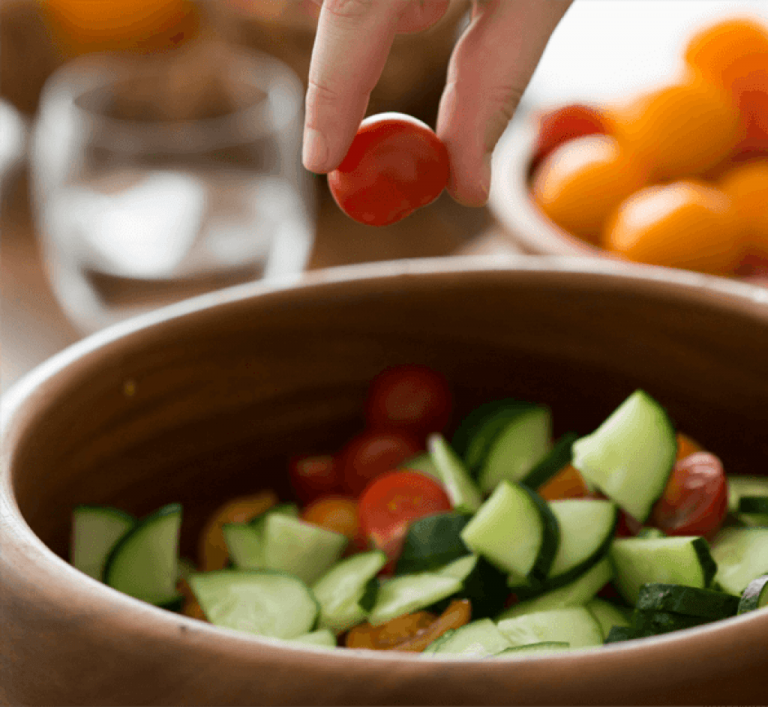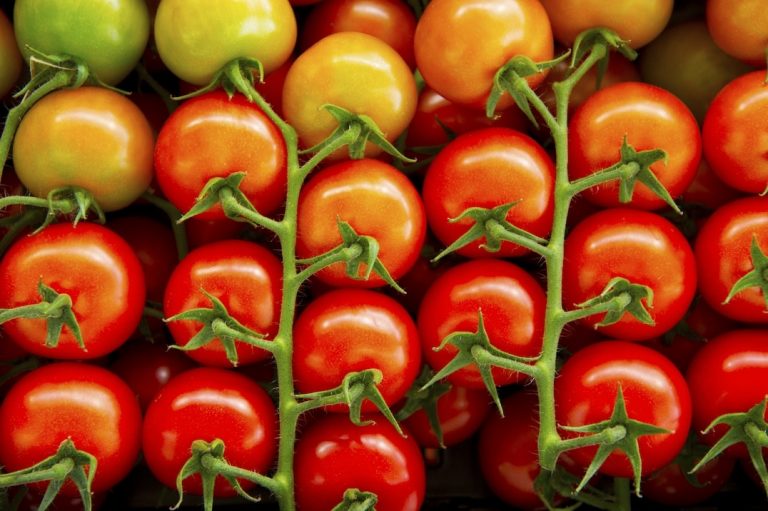Greenhouse grown vegetables are often packaged differently to maintain freshness, reduce waste, and highlight sustainability. Understanding these packaging clues can help you make informed choices about quality, food safety, and environmental impact because Greenhouse grown vegetables are something to feel good about!
Here’s how to spot Greenhouse grown vegetables based on packaging design, labels, and materials.
1. Plastic Wrapping for Moisture Retention
Greenhouse grown vegetables are packed in plastic wrappings and shipped to store within a 24 hour drive for maximum freshness and consistent quality!
Vegetables That Are Often Wrapped in Plastic:
- English cucumbers – Thin-skinned and need protection from moisture loss.
- Peppers – Often sealed to maintain crispness.
- Tomatoes – Often in clamshell packaging.
Why Greenhouse Vegetables Are Wrapped:
- Prevents moisture loss and extends shelf life.
- Protects delicate skin (especially in hydroponic vegetables).
2. Clamshell Packaging for Hydroponic Tomatoes
Tomatoes—are often packaged in plastic clamshells or clear containers.
Common Hydroponic Vegetables in Clamshell Packaging:
- Tomatoes varieties (Cherry, Grape, Medley, etc.)
Why Hydroponic Greenhouse Greens Are Packaged This Way:
- Protects tomatoes from damage.
- Keeps moisture levels stable.
- Maximum freshness and consistent quality.
3. “Vine-Ripened” Labels on Tomatoes
Tomatoes grown in Greenhouses often come with labels like “Vine-Ripened” or “Greenhouse Grown” to indicate their higher quality and controlled ripening process.
Common Greenhouse Tomato Packaging Clues:
- Cluster tomatoes still attached to the vine (showing freshness).
- Grape and cherry tomatoes often come in plastic clamshells for protection.
Why Greenhouse Tomatoes Are Packaged Differently:
- Ripened on the vine, because they are full of flavor.
- Protected from bruising since they are picked at their peak every season.
4. Pre-portioned Packaging for Peppers
You can spot your favorite bell, mini and long sweet peppers in store all season using these tips:
Packaging That Indicates Greenhouse Grown Peppers:
- Bell peppers in plastic bags or trays.
- Mini sweet peppers in resealable bags.
- Labels featuring hydroponic or Greenhouse branding.
Why Greenhouse Peppers Are Packaged This Way:
- Consistent quality and size.
- Reduces damage during transport and storage.
5. Transparent Labeling and Branding
Many Greenhouses proudly label their vegetables to highlight their eco-friendly and reduced-pesticides practices.
Popular Greenhouse Vegetable Brands:
- Nature Fresh Farms
- Mucci Farms
- Pure Flavor®
- Sunset® Grown
- Topline Farms
- Double Diamond Farms
- Red Sun Farms
- DelFrescoPure
- Great Lakes Greenhouse Inc.
6. Resealable or Breathable Packaging for Longer Shelf Life
Greenhouse grown vegetables often use resealable packaging or breathable plastic bags to extend freshness for maximum flavor in every bite!
Common Examples:
- Mini cucumbers in resealable bags to maintain crispness.
- Bell peppers in breathable plastic trays to reduce condensation.
Why Greenhouse Vegetables Use These Packaging Methods:
- Maintains moisture balance and prevents early spoilage.
- Extends shelf life without the need for preservatives.
Final Thoughts: How to Identify Greenhouse Vegetables by Packaging
By paying attention to packaging, you can confidently choose Greenhouse grown vegetables, ensuring you get fresher, more sustainable, and higher-quality produce available every season.




